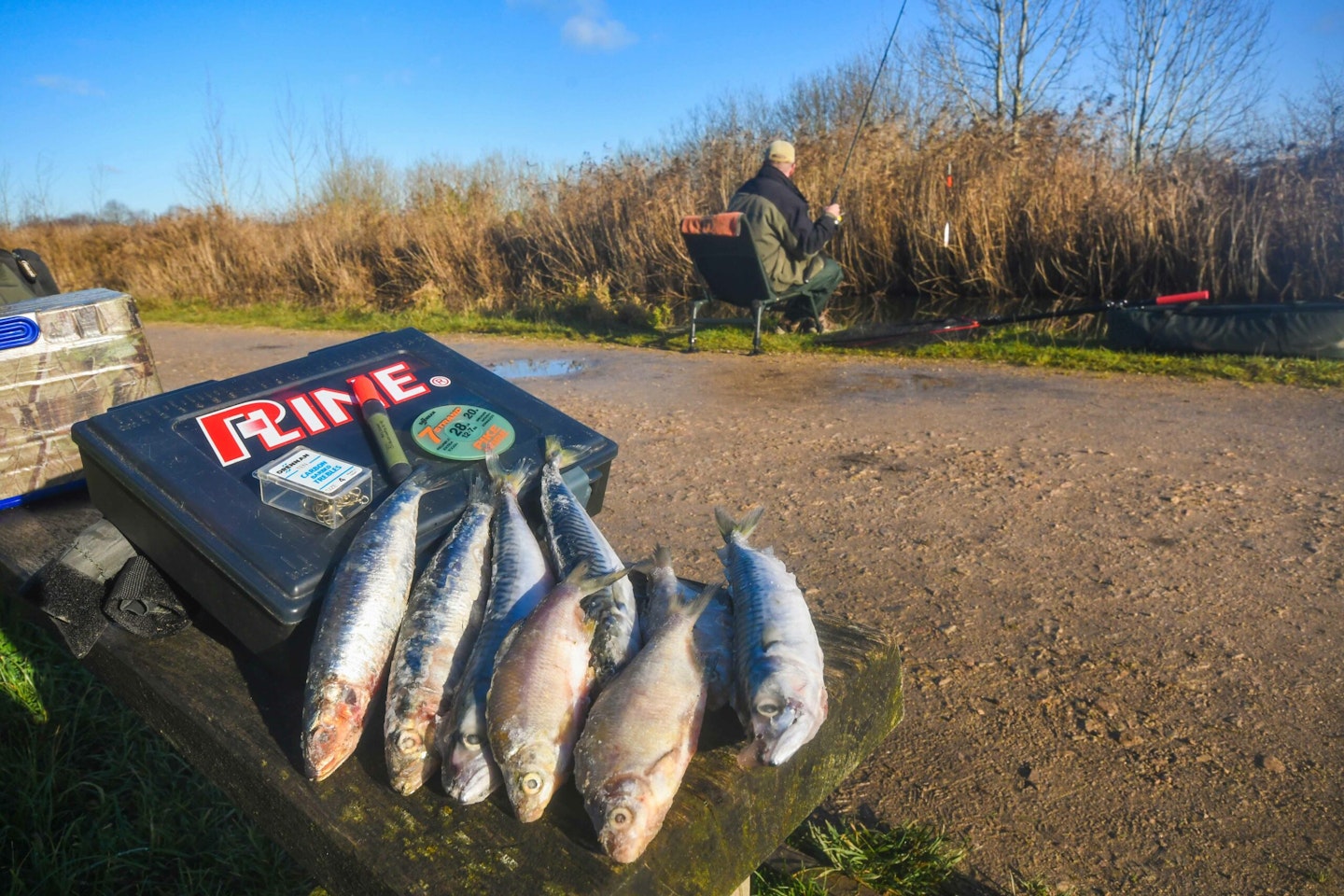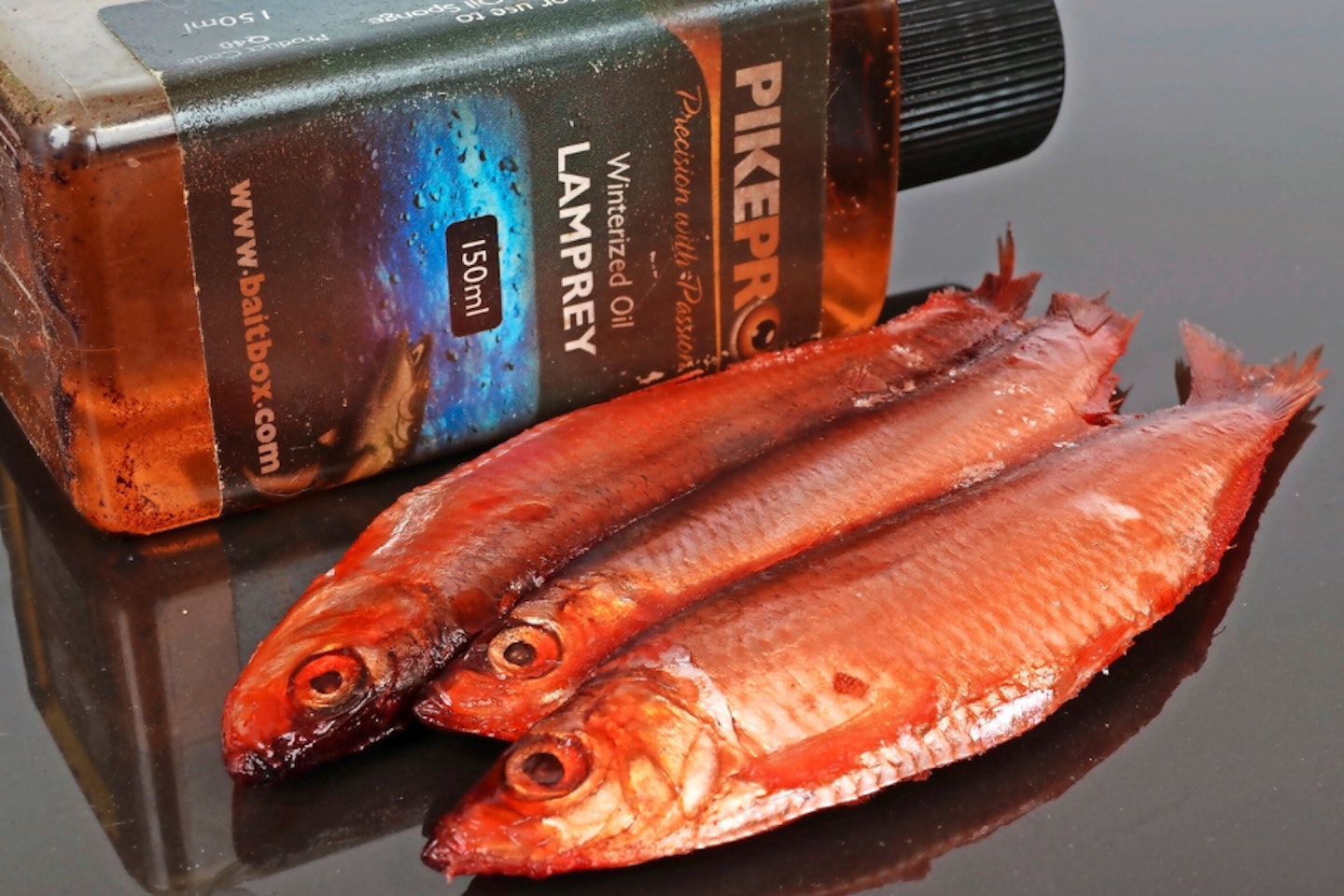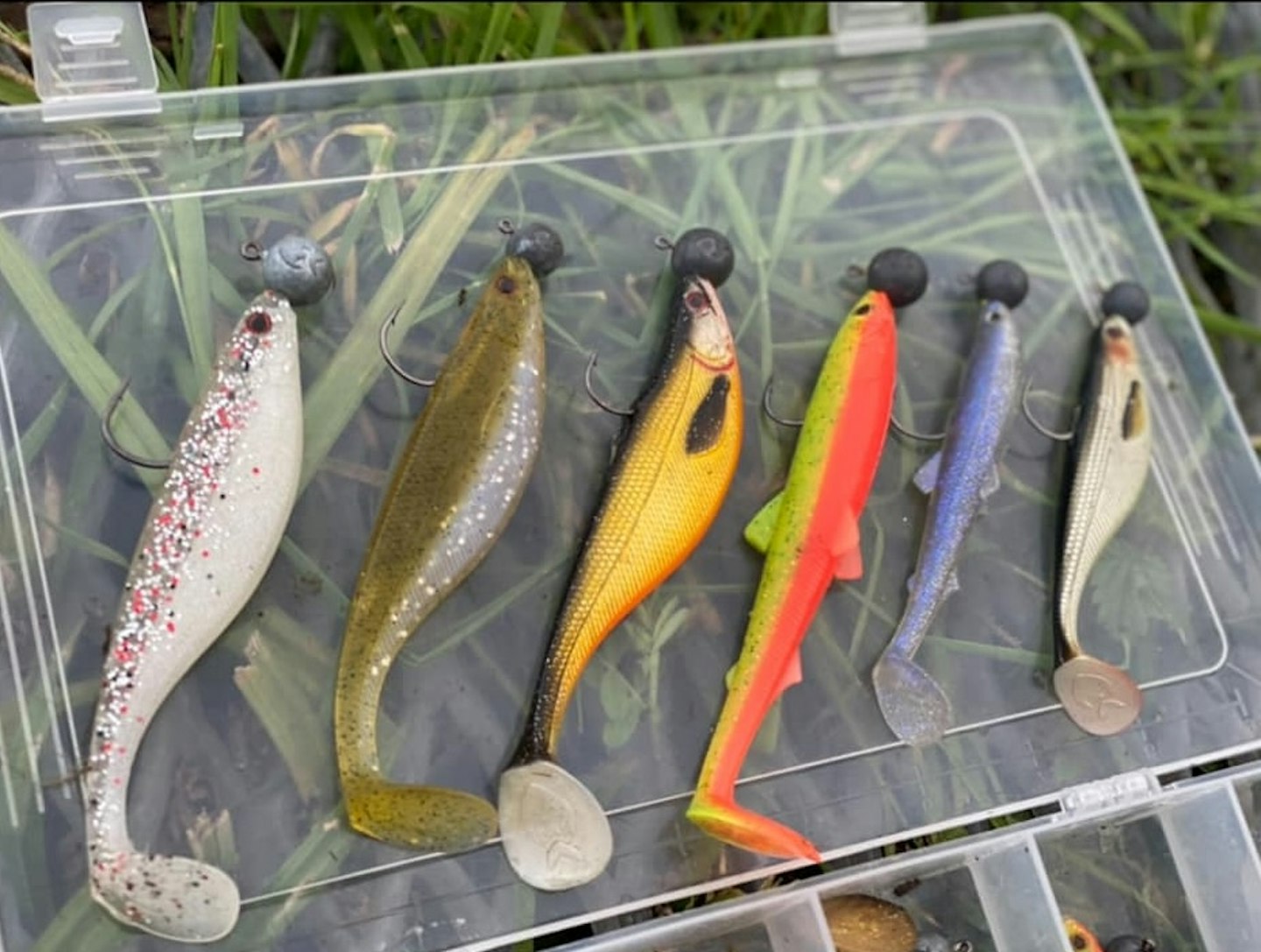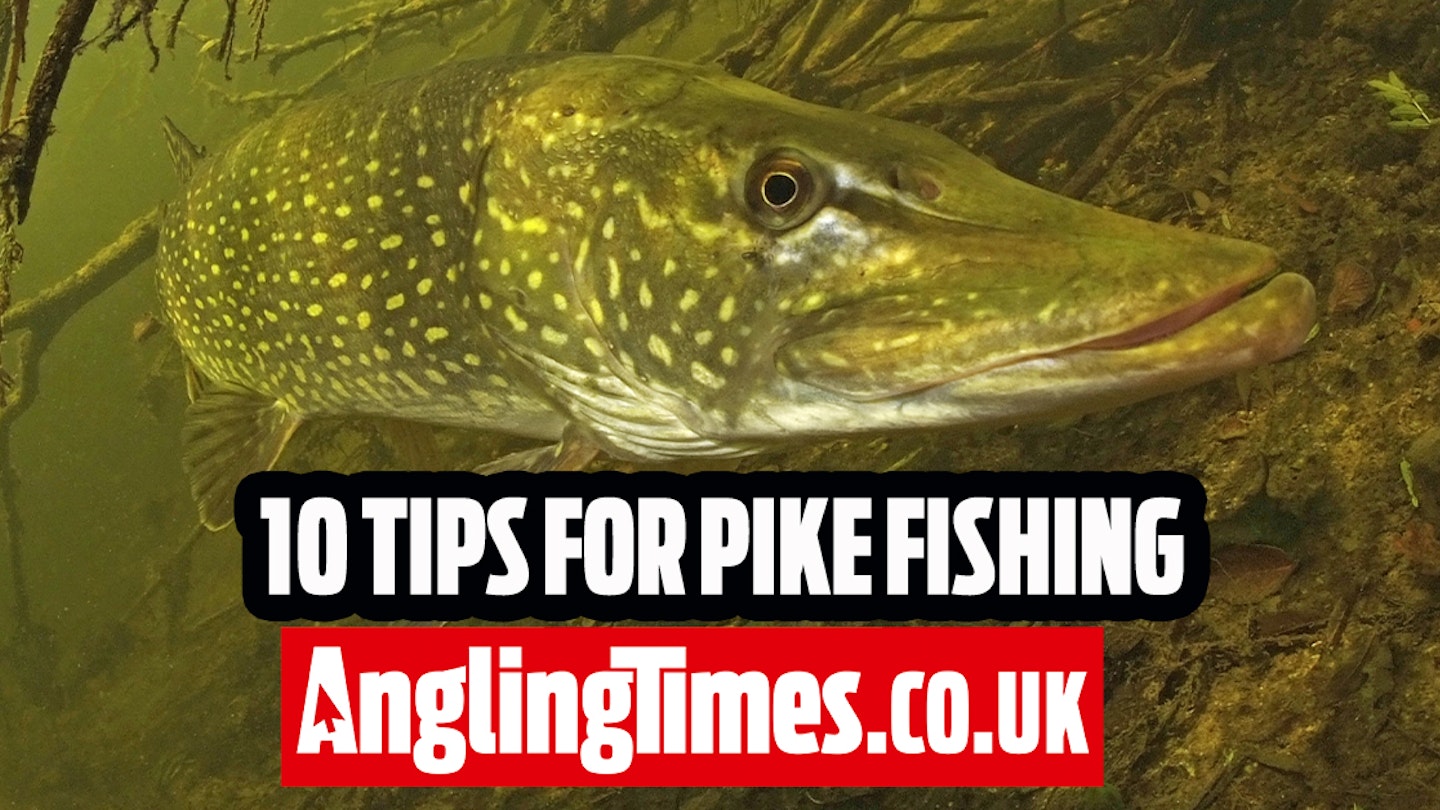Pike season is well underway and there are toothy predators to be caught up and down the country. These remarkable fish are well adapted to hunting their prey and aren't as easy to catch as some may have you think.
You might think pike look a bit scary, but learn to handle them safely and you will soon come to love them. A big pike will give you and epic fight, the bites on the float are incredibly exciting and each fish has its own amazing colours and camouflage.
Here then are 10 tips to help you catch a specimen pike...
CHECK OUT OUR VENUE GUIDE FOR THE BEST RIVERS FOR PIKE

Speak to match anglers
This is a great and often overlooked way to locate pike. Match anglers will be able to tell you where they’ve had roach snatched from their hooks. In winter, matches will be pegged on prolific silverfish stretches – and the pike won’t be far away.
Strike early
Set your float no more than 12in overdepth and, as soon as the float moves away, strike firmly. If the float is not moving away, but is bobbing about and twitching, the chances are that the pike is sat on the spot engulfing the bait. Tighten up to the rig gently, feeling the mainline in your fingers. If you sense any movement at the other end, or anything untoward, strike firmly. To maximise bite indication when legering, use both a standard bite alarm on the front and a drop-off pike alarm at the rear.
_THE BEST PIKE FISHING ROD IS ESSENTIAL FOR HARD FIGHTING RIVER PIKE_

Fish multiple swims
If there are pike in your swim you’ll get bites fairly quickly. If you haven’t had any action after an hour, move pegs, even if it’s only 100 yards along the bank. When it is warmer, pike will be found in shallow areas such as bays and close to dying weedbeds. As temperatures continue to drop they will start to head into deeper water. To make moving swims easier, carry only the essential items. One rod, a landing net, an unhooking mat and a rucksack carrying your end tackle and unhooking tools, including short and long handled forceps, is all you need.
Look for warmth and cover
On canals, silverfish will begin to shoal up in certain stretches, so target boatyards, marinas, bridge structures, dead arms – anything that offers them cover and warmth. It’s the same story with rivers. Prey fish on large stillwaters will head to deeper water, and pike will be following, so head for dam walls, which always have deep water close by, or even the centre of the lake.
Mount your bait correctly
Mounting deadbaits is straightforward, once you have a basic understanding of how the pike feed. They tend to swallow their prey head first, so when mounting them on a standard set of trebles, put the first set in the root of the tail, and the second up the flank of the fish. This also makes them more streamlined for casting.
FIND THE BEST VENUES FOR PIKE FISHING NEAR YOU IN THIS WHERE TO FISH GUIDE.

Avoid resistance
Pike will quickly drop a bait if they pick it up and feel something is awry. Set-ups that produce minimum resistance will therefore result in more positive bites. A float rig is hard to beat when fishing at distances of less than 50 yards. To fish at longer range you will need a straight leger presentation. Running rigs with a minimum lead of 2oz and a large bore ring will provide excellent bite indication whether a hooked fish swims towards you or away from the bank.
Fresh is best
When it comes to maximising the freshness of your bait, the local fishmonger will take some beating. Even in winter all supermarkets stock a selection of sea fish that are cheap and ideal for pike fishing. Sardines are the perfect size to fish whole and are packed full of attractive oils. Their only disadvantage is that they are soft and are likely to come off the hooks if cast more than 30 yards. If you need to fish past this range, try something with a tougher skin such as a mackerel tail.
USING THE BEST PIKE FISHING REEL WILL HELP YOU TAME THESE HARD FIGHTING PREDATORS

Give it a twitch
When you are reeling in, instead of retrieving your deadbait all the way, pick up the rod, strike softly and wind a couple of turns on the reel before putting the rod back in the rest for 10 minutes. This burst of activity will often entice a take.
Add flavour in coloured water
If your chosen venue is still carrying a tinge of colour, boosting your bait with flavours or colour will help to draw pike to your bait. The simplest way to boost your bait is to inject it with oil. Look for ‘winterised’ oils which are thinner and will release attraction and disperse even in the coldest of conditions. When it comes to colours, red is one of the best. Simply brush on red food dye prior to casting.
USING A DEADBAIT FOR FLOAT FISHING IS AN EFFECTIVE WAY TO CATCH RIVER PIKE, CHECK OUT OUR GUIDE ON HOW TO CHOOSE THE BEST DEADBAIT FOR PIKE

Don't ignore lures
Whilst big pike can sometimes become a bit lazy, don't rule out tempting them on lures of all shapes, colours and sizes. Carrying a lure rod and a selection of the best pike lures as well as your deadbait gear can be a real edge, and help you pick up a bonus fish or two. Always use a wire trace, and play around with lures and the style of retrieve to try and tempt a take.
OUR GUIDE TO RIGGING SOFT PLASTIC LURES WILL HELP YOU GET THE BEST OUT OF THEM.

